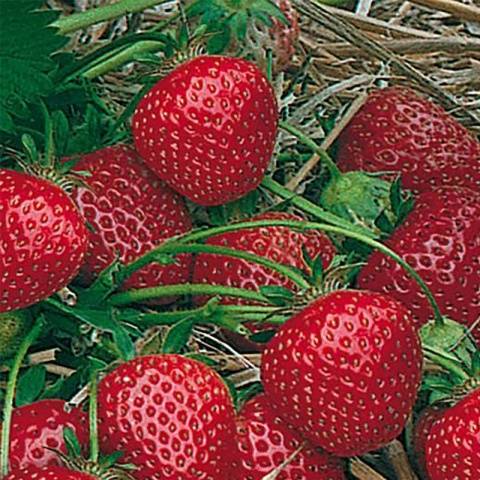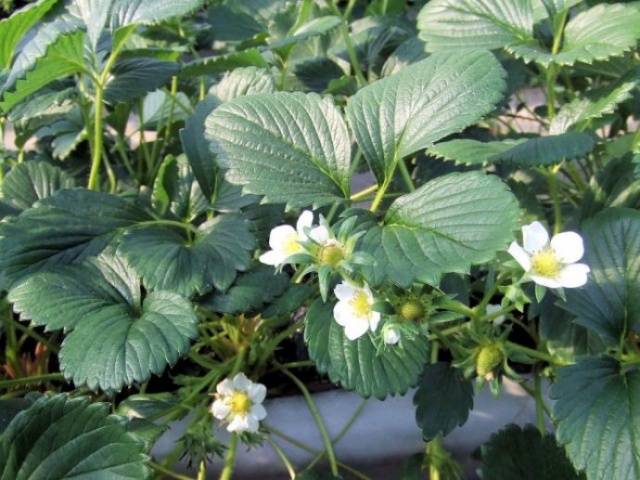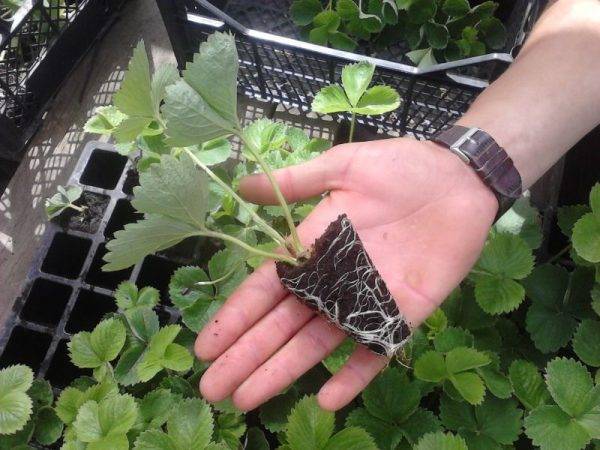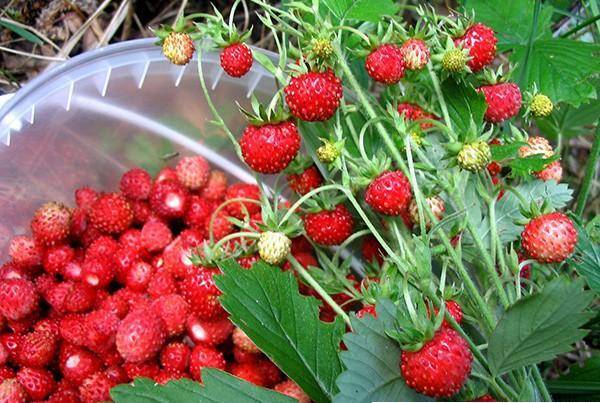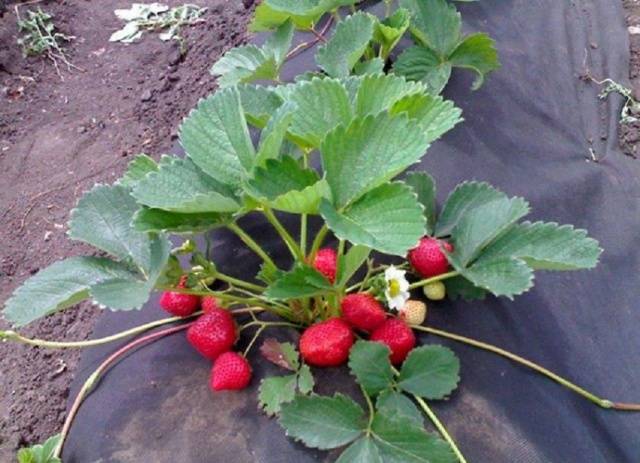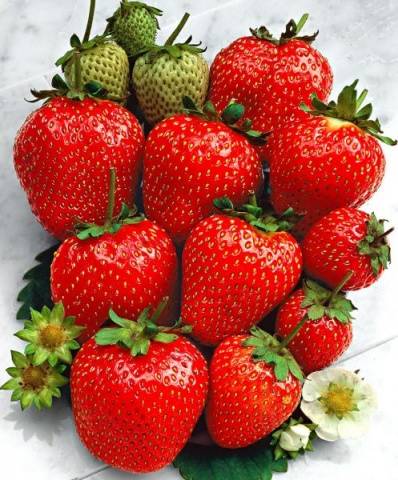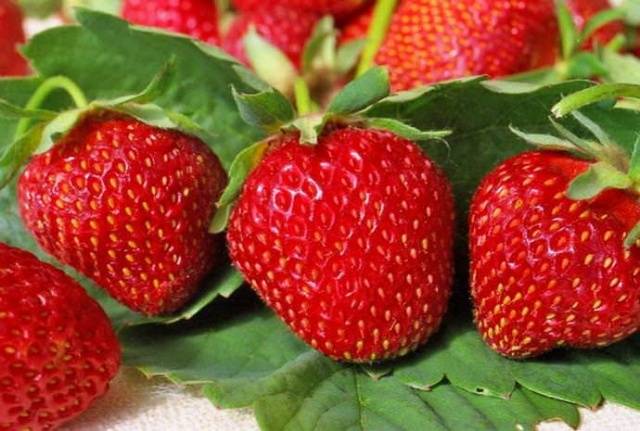Content
In Russia remontant strawberry varieties appeared not so long ago, only about 20 years ago. While in Europe and the United States, remontant strawberries, or as they are most commonly called, short-day strawberries, have been cultivated everywhere for more than forty years. So the Ostara strawberry variety has been known for a long time, but nevertheless it continues to be very popular both in Europe and in Russia, where it came more than 20 years after its birth.
A description of the Ostara strawberry variety with photos and reviews of those who grew it in the garden can help novice gardeners and summer residents finally decide on how much this strawberry deserves to settle on their plots. Of course, the choice of remontant strawberry varieties today is quite large, nevertheless, this variety has not yet left the race even after so many years, and this means something.
Features of remontant strawberry varieties
Since remontant strawberry varieties are still a relative innovation in Russia, not everyone understands correctly the features of these varieties and what is the proper care for them. There is also some confusion among hobby gardeners about the differences between remontant strawberries and neutral day varieties. The fact is that in the USA it is not customary to distinguish between these varieties and all remontant varieties are automatically called neutral day varieties, which is not entirely true.
In fact, strawberries have three main varieties according to their sensitivity to the length of daylight hours:
- Short day plants.
- Long or long day plants.
- Plants of a neutral day.
The first group is the easiest to understand, it automatically includes all the usual traditional varieties that have the ability to lay flower buds only when the daylight hours are 12 hours or less. This happens just in late summer - early autumn, when a decrease in overall temperatures also has a beneficial effect on the overall process of bud setting for fruiting in the next season.
Strawberries of the second group are capable of forming flower buds only when the length of daylight hours is more than 12 hours, ideally around 16-18. For this reason, the varieties of this group have time to give two, and sometimes three, fruiting waves during the warm season.
The fruiting of strawberries of a neutral day, as the name implies, is not at all tied to the length of daylight hours and can only be determined by the conditions of temperature and humidity. That is why these strawberry varieties are very convenient to grow in heated greenhouses all year round.
The term remontability only defines the ability of plants to bear fruit more than once per season. Thus, both long day strawberries and neutral day strawberries can rightfully be called remontant.
But there are not so many varieties of long day strawberries compared to the number of varieties from the third group. And they are not very suitable for growing in year-round greenhouses. But the life expectancy of bushes in strawberries for a long day, as a rule, is much longer than that of a neutral day. They can be grown in one place for up to two to three years, while neutral day varieties, due to intense constant fruiting, quickly exhaust their resources and must be replaced about a year after the start of fruiting.
All remontant varieties, and especially those belonging to the neutral day group, require the use of higher agricultural techniques, since they spend a lot of energy on the constant fruit setting. But they are usually more adaptable and more resistant to adverse weather conditions and various diseases. In addition, berries of almost any remontant variety have an attractive taste and aesthetic appearance.
Description of the variety
Back in the distant sixties of the last century, Dutch breeders managed to breed the Ostara strawberry variety by crossing the Masharakhs Daurernte and Red Gauntlet varieties. The Ostara strawberry belongs to the neutral day varieties. Even when cultivated in ordinary open-air beds, it will be able to bring you a harvest of wonderful berries from June until the first snow. Moreover, the autumn harvest in terms of taste is in no way inferior to early berries, and may differ only in the size of the fruits in the direction of their decrease. But the productivity of the bushes by the fall can only increase, naturally, subject to regular watering and dressing throughout the growing season. For the entire warm season, you can collect about 1.0-1.2 kg of fragrant and tasty strawberries from one bush.
True, experts do not recommend leaving the fertile bushes of this strawberry variety for the next year, but replacing them with young plants. Since both the yield and the size of the berries in the next season can greatly disappoint you.
Ostara strawberry bushes have a rather compact appearance and do not exceed 20-25 cm in height. Dark green medium-sized leaves are covered with fine hairs.
The assimilation ability is average, depending on the regularity and composition of fertilizing. The more nitrogen content in the fertilizers used, the more whiskers and young rosettes will be formed. But this can negatively affect the yield and especially the taste of the berries. Therefore, you should not be zealous with this.
Ostara strawberries are resistant to most fungal diseases, except gray mold. Therefore, in rainy weather, it is advisable to provide berries with additional shelter, if possible.
Ostara bushes tolerate winter frosts well, but when grown in the northernmost regions, it is better to slightly cover the plants for the winter. Without shelter, it tolerates frosts down to -15 ° С. However, this is important only in regions with little snowy winters. Because under a large, constant layer of snow, Ostar strawberries overwinter well.
This variety tolerates hot conditions worse, at temperatures above + 28 ° C, pollen can become sterile and the number of berries decreases sharply.
Characteristics of berries
The following characteristics are inherent in Ostar strawberries:
- The shape of the fruit is traditional cone-shaped, the berries are attractive in appearance, have a shiny surface.
- The color of the berries is uniform bright red.
- Although the Ostar strawberry belongs to large-fruited varieties, its berries are rather average in size - about 20-30 grams each. In especially favorable conditions, the mass of the berry can reach 60-70 grams.
- The berries do not differ in density, but they are very juicy.
- They are stored for a very short time, they are practically unsuitable for transportation.
- But the taste can be called unique, it is very reminiscent of real wild strawberries. The aroma of the berries is also pronounced. For their taste, Ostar strawberries received 4.7 points on a five-point scale.
- The use of Ostara strawberries is universal, but they are most tasty when fresh.
The subtleties of growing
The timing of planting finished seedlings of Ostara strawberries depends on what exactly you want to get from this variety.If you need a good and high-quality spring harvest, then it is better to plant the seedlings at the end of July - in August, so that they have time to take root well and lay many buds.
If you are more interested in the autumn harvest, then you can plant seedlings both at the end of summer - in autumn, and in spring. The main thing is that at the beginning of the season it is necessary to remove all emerging peduncles from the bushes so that the bushes do not waste energy on early fruiting, but build up a powerful root and aerial leaf system and form the maximum number of whiskers and young rosettes. In this case, starting from the second half of summer, bushes and young rosettes will be strewn with peduncles, on which many rather large and juicy berries will ripen by the end of summer.
If the peduncles are not cut off, but continue to intensively feed and water the Ostar strawberries, then it will form a small amount of whiskers and medium-sized berries throughout the summer and until autumn.
Choose whichever method of growing you prefer, but remember that any strawberry requires careful care and attention, without which it can disappoint you in your expectations.
Gardeners reviews
Ostar strawberries leave mostly favorable reviews about themselves, especially from people who are faced with the cultivation of remontant strawberries for the first time.
